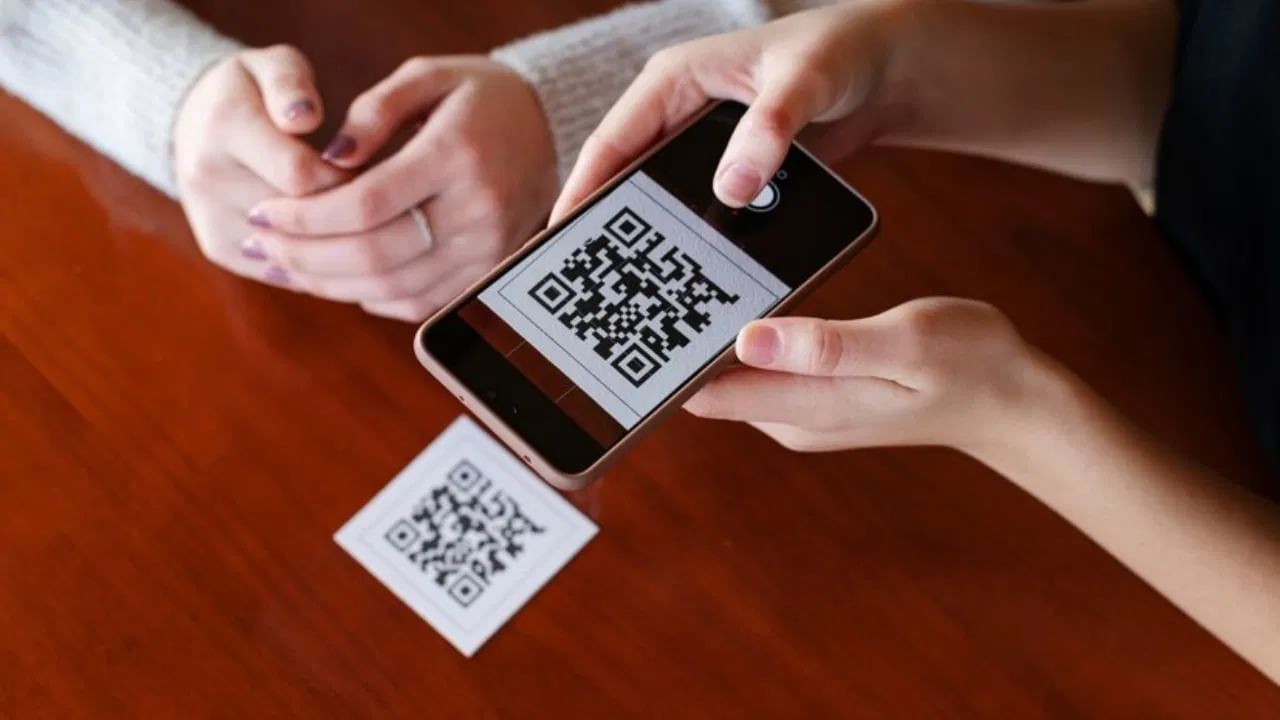Last month, a video shared on Instagram became quite viral. In which a Quick-Rispons (QR) code on a grave was shown in a graveyard in Kerala. On scanning the code, a website opens. The website takes it to a page that has all the information about the person. His work and family details. When the Japanese founder of the QR code was looking for a better option of Barcode, he probably did not have this application in his mind. Today the pixelted QR code has become a very big face of the digital world.
On roadside shops, payment gateways, airline boarding pass, restaurant menu, product cakeing, newspaper advertisements and many other things, a small black-white square payment, information and interaction have become a universal door of the information and interaction. Its user is also being seen continuously. The rise of QR code has been dramatic. Affordable smartphone, cheap mobile data and unified payment interfaces (UPI) have made it a default way to send and receive money for all types of traders online and offline. Apart from payment transactions, hospitals and diagnostic centers have started using QR code to manage patients’ data. In colleges, students can scan these codes for assignments. In companies, it can soon become a way to enter attendance.
When was the QR code originated?
The QR code originated in 1994. Japanese engineer Masahiro Hara is its father. He used to work in the auto company Denso Wave. Hara was looking for a better barcode option to track auto parts. Barcode could only store limited information. Also, they had to scan in the same direction. Hara invented a two -dimensional matrix, which could store more than 4,000 letters. Could be scanned from any angle. At the same time, a built -in error correction technique could also tolerate the loss. Denso Wave patented this technique, but was allowed to use it for free. Due to which it spread rapidly.
Smartphone gave new life
After the camera-based mobile phone and later the arrival of the smartphone, the QR code was given a new life as a consumer aplyan. Now the camera acts like a scanner, which automatically detects the code automatically at any angle, even in low light – which makes it easier to use. After Kovid epidemic, QR code contactless, cashless payment became quite popular as a means. Before the arrival of the QR code, sending money digitally meant to type bank details or mobile numbers, which was a slow process and there were many mistakes. A spokesperson of PhonePe, the largest payment app in India, said in a media report that the QR code has automatically made the information store automatically, making the payment faster and easier.
QR replacing barcode
Mihir Gandhi, a partner and leader of payments transformation in PWC India, states the specialty of the QR code in the media report, saying that the QR code may have about 4,000 alphanumeric characters. While the barcode consists of 20-25 characters. They can also store multimedia, URL and encrypted data and work even when partially damaged or faded. Nakul Kumar, a co-founder and chief marketing officer of KashiFi, says that this is a free, autate build tool. Cashifai, an e-commerce platform, which helps users to sell their old devices including smartphones, gaming console and laptops. Then it sells them by refurbising.
QR’s influence in India
In India, QR got a great partner as UPI. Any businessman can print a QR code and any UPI payment app; Such as PhonePe, Google Pay, Paytm, can start transactions immediately without an expensive point-off-cell terminal. The National Payment Corporation of India launched India QR in 2017 and gave birth to a normalization. The interopeble QR code meant that the same display could accept the payment from any big bank or wallet app. By the way, there are also two types of QR code. Which includes static and dynamic. Static QR code has a fixed details of the merchant. It is used especially for small shops.
On the other hand, dynamic QR is used more on e-commerce and petrol pumps. There is also the reason for this. Dynamic QR code transactions embed both both objectives and objectives. Its speed is high and accuracy is also seen. According to the Reserve Bank of India, in FY 25, the UPI QR code increased from 91.5 per cent to 657.9 million. PWC says that India now has more than 80 billion QR-based UPI transactions in India. This number is increasing rapidly. At the same time, the growth rate of credit card has fallen by 7.94 percent year after year.
Customized QR Code
The special thing is that now companies are customizing the code to improve the user experience. PhonePe has upgraded its QR scanner to a machine learning kit. Under the Ministry of Energy, a joint venture of public sector units, Energy Efficiency Services Limited (EESL), uses QR code in marketing, electricity bills and WhatsApp messages. EESL’s CGM Animesh Media Report says that the frictionless scan-to-access experience has helped EESL to reach the citizens of social-economic level. About 30 per cent of the order (for products like bulbs, lights, fans, air conditioners) on the EESL website come through the QR code.
QR code made the passport of the device
Kishifai’s founder Nakul Kumar says that the QR code becomes a passport of the device. The smartphone is its biggest category, which is 90 percent of the business. All the uplines coming to the warehouse of Kishifai used to have barcode stickers first. Casiphy used to take 360-degree pictures of the phone, but if there was a sticker on the phone, it would obstruct the process. We wanted to create a U Nik Identiffer which is present inside the phone and available on demand. Therefore, we moved to the QR code. Cashifai purchases around 200,000 devices every month and uses 12,000 to 15,000 QR code per day. Barcode is still used in logistics, warehousing, supply chains and other functions as old systems depend on these.
